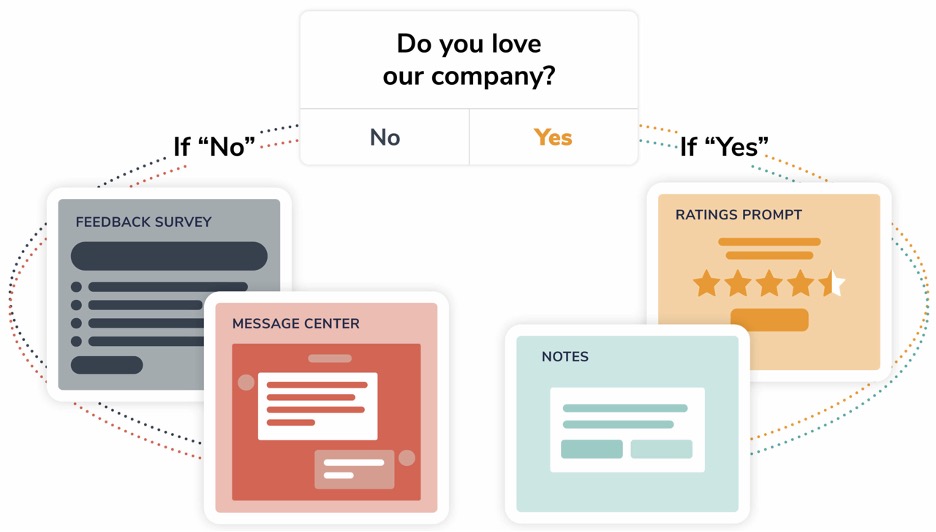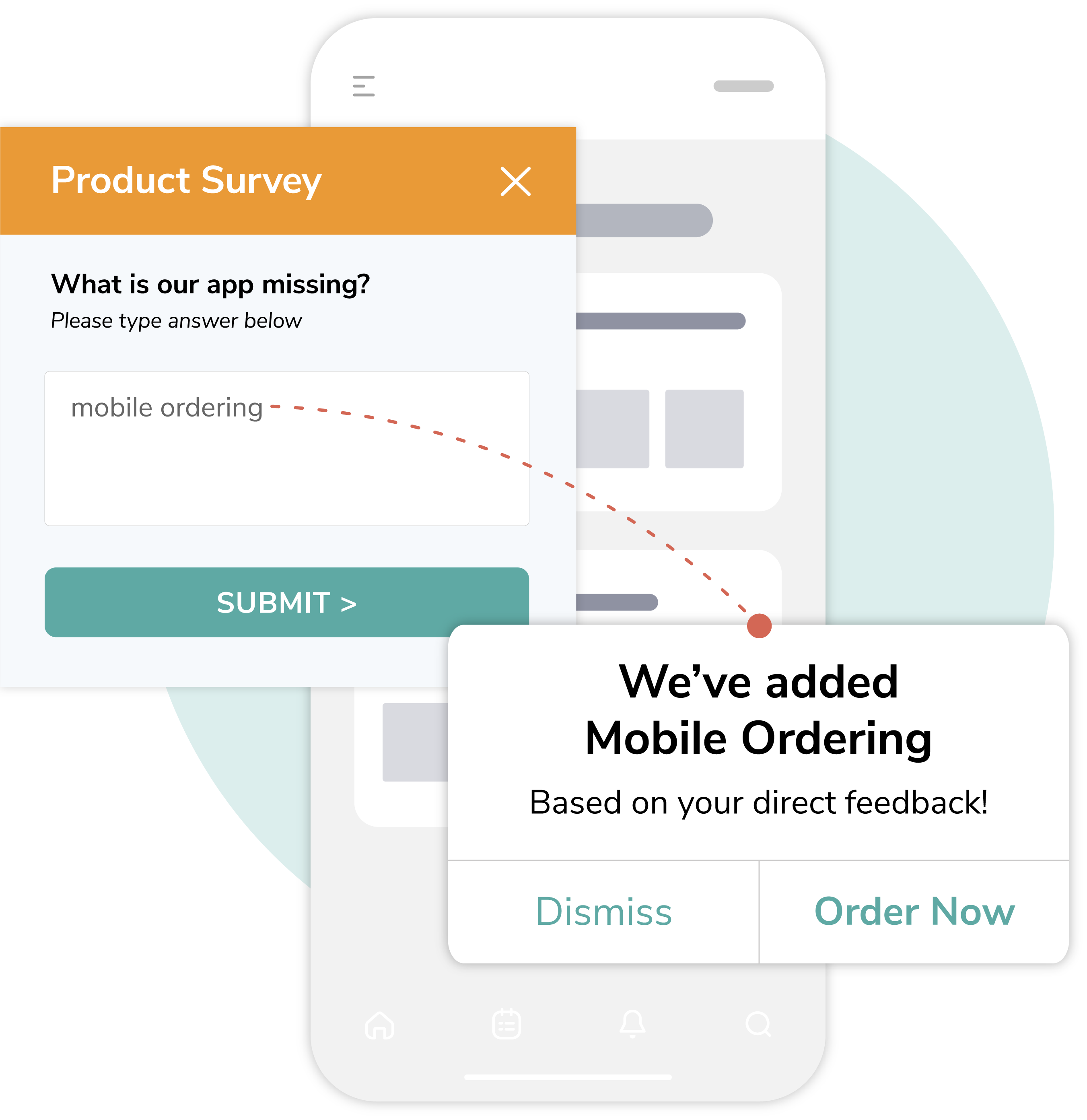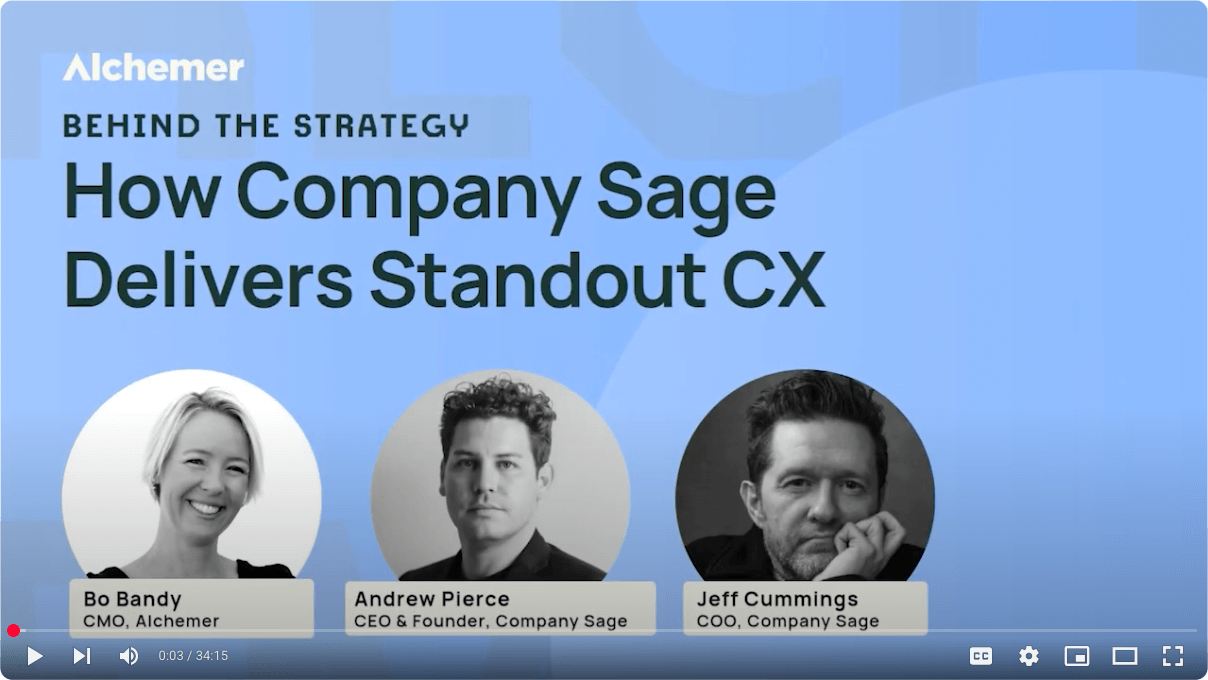Picture this: customers who feel truly heard aren’t just passive participants—they become excited advocates for your brand. They engage more, stay loyal longer, and actively promote your products, especially in mobile environments.
In today’s customer-driven marketplace, this level of loyalty is invaluable. Closed-loop feedback is essential for building and maintaining these strong relationships with your customers. But why do so many product teams struggle to close the feedback loop? Understanding the process of closing the feedback loop and implementing it effectively can transform your customer relationships and your product development.
What is Closed-loop Feedback?
Product School defines closing the loop as using feedback to enhance your product and letting users know about the next steps. It refers to a systematic process of collecting customer feedback. This process involves analyzing the feedback collected from customers.
After gaining insights, you take action based on those findings. Finally, you inform customers about the changes made as a result of their feedback. When you close the feedback loop, you show to customers that you hear and value their voices. This process involves four key steps: capture, analyze, act, and inform.
Alchemer defines closed-loop feedback as capturing feedback, analyzing it, taking action, and following up on customer responses. This process is crucial for fostering customer loyalty, increasing advocacy, and driving product growth. Yet, despite its importance, many product teams find it challenging to fully implement this closed-loop feedback system. But why is that?
Why do brands struggle with closing the loop?
Many product teams struggle to close the feedback loop for several reasons. Collecting customer feedback is a common practice among companies. However, many organizations struggle to use this feedback effectively. They also fall short in communicating back to the customer about the actions taken based on their input.
Studies show that while 95% of companies collect customer feedback. However, only 10% of these companies take action based on that feedback. Even more concerning, only 5% inform customers about the actions taken as a result of their input.
Here are some common challenges:
- Lack of Action: Collecting customer feedback is just the beginning. Many companies fail to take meaningful action based on the feedback they gather, leading to missed opportunities for improvement.
- Limited Resources: Implementing a closed-loop feedback system requires time and dedicated resources. For growing companies or teams with limited bandwidth, scaling this process can be difficult.
- Inadequate Tools: Many feedback tools excel at gathering data. However, fewer tools offer effective methods for analyzing and responding to that feedback at scale. This gap can hinder companies from fully leveraging customer insights.
Overcoming these challenges requires a clear feedback diagram, defined goals, and a systematic approach to closing the feedback loop.

The four-step closed-loop feedback process
1. Capture Feedback
The first step in fostering a closed-loop feedback system is collecting customer feedback. Though it may seem obvious, many companies fail to proactively gather feedback, assuming customers will offer it without prompting. In reality, most brands hear from less than one percent of their customer base.
Proactively seeking feedback is essential for gathering insights from a broad range of customers. Surveys, in-app reviews, and messaging channels are excellent tools for capturing this data. A well-designed NPS (Net Promoter Score) survey helps product teams measure customer loyalty and identify improvement areas. NPS surveys help gauge customer feelings about your product and their likelihood of recommending it to others.
Data also shows that customers expect interaction, and these interactions heavily influence retention rates. Our research shows that 51 percent of consumers expect companies to ask them for feedback directly. This expectation may explain why companies that don’t seek input receive low feedback volumes from customers.
Surveys, in-app reviews, and two-way messaging channels are all great ways to collect customer feedback. Hint: we can help you with these feedback channels and more!

2. Analyze and Share Insights
Once you’ve gathered feedback, the next step is to analyze it. Too often, companies collect feedback but fail to use it effectively. Analyzing feedback critically helps you understand what your customers want and need.
Different businesses will analyze feedback according to their specific goals. However, the key is to transform raw data into actionable insights. For example, an NPS survey can reveal trends in customer loyalty and highlight issues you need to address. Sharing these insights with your team is crucial for aligning your product roadmap with customer needs.
3. Take Action
Taking action based on feedback is where many companies falter. Ignoring or failing to act on customer input can harm customer loyalty. It can also discourage customers from providing feedback in the future.
For product teams, the feedback you collect should directly inform your product development. Feedback serves as a pre-validation tool for new features or improvements. It offers invaluable guidance on where to focus your efforts. In other words, let customer feedback shape your product roadmap.
For instance, if customers consistently highlight a specific pain point, you should take notice. Additionally, if they request a particular feature, prioritize it in your development plans. By acting on feedback, you not only improve the product but also show customers that their opinions matter.

4. Close the Feedback Loop
The most critical step in the closed-loop feedback process is informing customers that you have heard and acted on their feedback. Acknowledging feedback, whether positive or negative, shows that you value your customers’ input. This commitment demonstrates your dedication to improving their experience.
This is where closing the feedback loop becomes essential. After taking action, let your customers know about the changes you’ve made in response to their feedback. This reinforces customer loyalty and encourages future participation in surveys and feedback initiatives. Keeping customers informed about feedback outcomes fosters shared ownership and strengthens relationships for product teams.
Using Alchemer Prompts to Close the Feedback Loop
At Alchemer, we offer tools like Prompts, which help product teams close the loop with customers in real time. Prompts allow you to notify customers about new features, product updates, and upcoming events. Most importantly, they enable you to follow up directly after receiving customer feedback, ensuring you close the feedback loop.
For example, after customers respond to an NPS survey, you can use Prompts to inform them about changes made based on their feedback. This proactive communication is key to enhancing customer loyalty and keeping your existing customer base engaged.
Below you can see a few examples of what closing the loop with Prompts looks like:

The importance of interaction response targeting
A critical aspect of closing the feedback loop is interaction response targeting. This involves using responses to a survey or prompt as criteria for future interactions.
With Alchemer, you can segment your customer base effectively. For instance, you can categorize customers according to their specific feedback. This may include requests for new features or concerns about product performance.
You can keep the conversation going by targeting these subsegments with tailored messages. Additionally, you can send customized surveys to gather more insights. This approach helps you continue improving the customer experience.
Why closed-loop feedback matters for Product Teams
For product teams, implementing a personalized yet scalable approach to closed-loop feedback is essential. Research shows that closing the loop can improve customer loyalty and retention rates. In fact, companies that successfully close the loop see retention rates increase by 10%.
By actively communicating with customers, you acknowledge their feedback and show how it directly influences product improvements. This approach fosters a strong sense of shared ownership and loyalty toward your brand.
CONCLUSION
By now, you can probably see just how crucial closed-loop feedback is for your product team. Closing the feedback loop involves several key steps. It begins with collecting customer feedback, then acting on that feedback, and finally informing customers about the actions taken. This process creates a continuous cycle of improvement and engagement.
When customers know their feedback matters, it strengthens their relationship with your brand and drives customer loyalty.
If you’re ready to take the next step, consider integrating Alchemer Digital into your feedback process. Our platform can help you gather insights, analyze them, and, most importantly, close the feedback loop. Request a product demo today to see how we can help you transform your customer relationships and product development! Request a product demo today!




